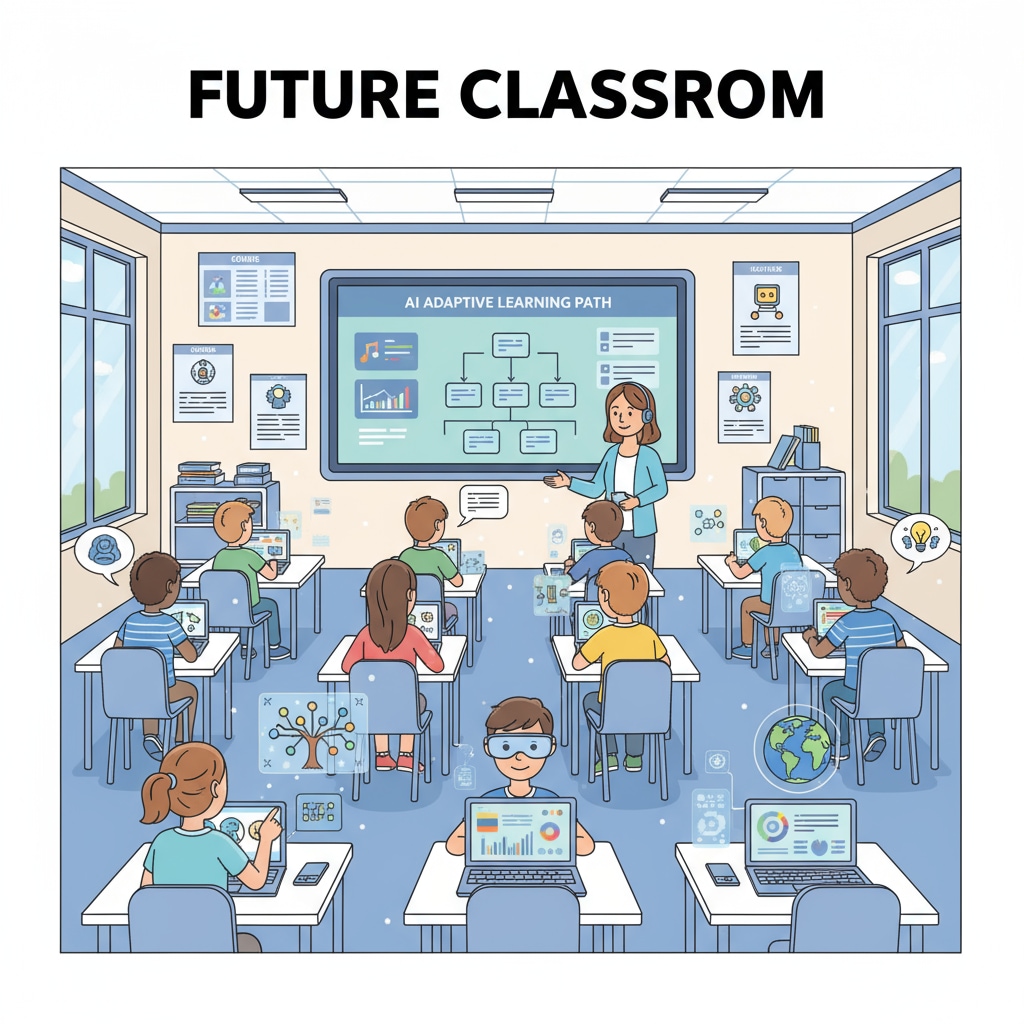The widespread use of artificial intelligence (AI) in the academic environment has brought to the fore significant concerns regarding AI policies, academic integrity, and skill devaluation, especially in K12 education. As students increasingly turn to AI tools, educators and parents are grappling with how to maintain fairness and ensure real skill development.

The Fairness Quandary
One of the most pressing issues is the question of fairness. AI tools can give some students an unfair advantage. For example, those with better access to technology and the know-how to use AI effectively may outperform their peers who lack such resources. This digital divide exacerbates existing inequalities in education. According to Wikipedia’s Education Inequality page, disparities in educational opportunities have long been a concern, and AI is now adding a new layer to this problem. In addition, it’s difficult to determine whether a student’s work is the result of their own efforts or AI assistance, making it hard to fairly assess and compare students’ academic achievements.
Skill Devaluation Concerns
Another major worry is the potential devaluation of skills. As AI can complete tasks such as writing essays and solving math problems, students may rely too heavily on these tools. This over-reliance could lead to a decline in essential skills like critical thinking, problem-solving, and creativity. For instance, when a student uses AI to write an essay, they miss out on the opportunity to develop their own writing skills, analyze information, and form unique perspectives. As stated on Britannica’s Education page, education is not just about getting answers but also about cultivating the ability to think independently. Therefore, the misuse of AI in academic settings risks undermining the very skills that education aims to foster.

To address these challenges, educators and parents need to work together. Educators can develop clear AI policies that define acceptable and unacceptable uses of AI in the classroom. They can also design teaching methods that incorporate AI in a way that enhances learning rather than replaces it. Parents, on the other hand, can monitor their children’s use of AI at home and encourage them to use these tools as aids rather than shortcuts. By taking these steps, we can strive to create an academic environment in the AI era that upholds fairness and values real skill development.
Readability guidance: Short paragraphs and lists are used to summarize key points. Each H2 section has a list where possible. The proportion of passive voice and long sentences is controlled. Transition words are scattered throughout the text.


